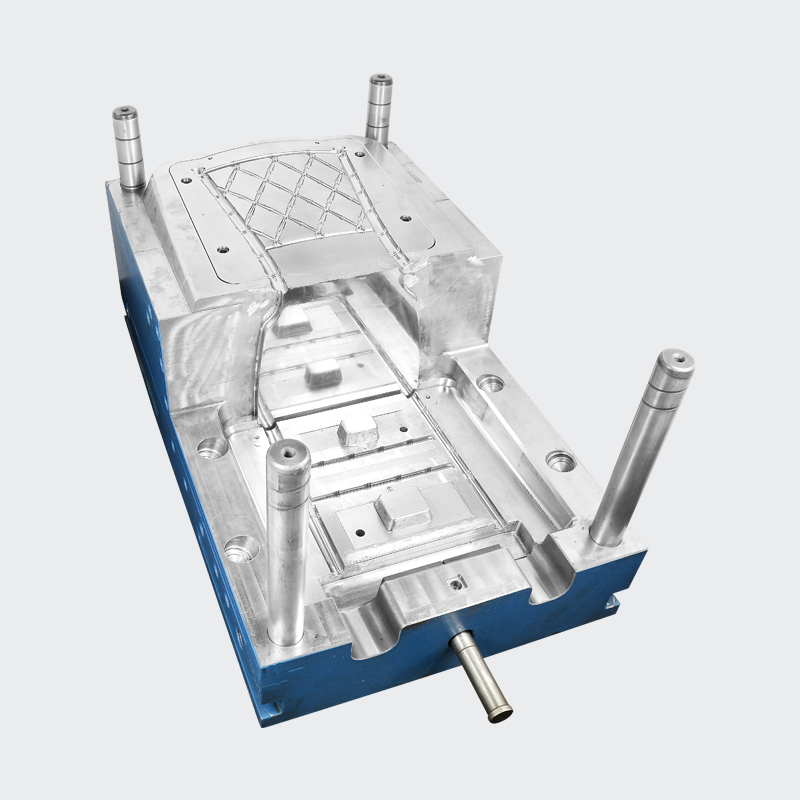The heat balance of the injection mold controls the hea […]
The heat balance of the injection mold controls the heat transfer of the injection molding machine and the mold is the key to the production of injection molded parts. Inside the mold, the heat brought by the plastic (such as thermoplastic) is transferred to the material and the steel of the mold by thermal radiation, and to the heat transfer fluid by convection. In addition, heat is transferred to the atmosphere and formwork by thermal radiation. The heat absorbed by the heat transfer fluid is taken away by the Olant mold temperature machine.

The purpose of controlling the mold temperature and the influence of the mold temperature on the injection parts In the injection molding process, the main purpose of controlling the mold temperature is to heat the mold to the working temperature, and the second is to keep the mold temperature constant at the working temperature. If the above two points are successful, the cycle time can be optimized, thereby ensuring the stable and high quality of the injection molded parts. Mold temperature will affect surface quality, fluidity, shrinkage, injection cycle and deformation, etc.;
Preliminary Conditions for Effectively Controlling Mold Temperature The temperature control system consists of three parts: mold, mold temperature machine, and heat-conducting fluid. In order to ensure that heat can be applied to or removed from the mold, the various parts of the system must meet the following conditions: First, inside the mold, the surface area of the cooling channel must be large enough, and the diameter of the runner must match the capacity of the pump (pump pressure). The temperature distribution in the cavity has a great influence on part deformation and internal pressure. Reasonable setting of cooling channels can reduce internal pressure, thereby improving the quality of injection molded parts;
It can shorten the cycle time and reduce the product cost. Secondly, the mold temperature machine must be able to keep the temperature of the heat transfer fluid constant within the range of 1℃-3℃, which is determined according to the quality requirements of the injection molded parts. The third is that the heat transfer fluid must have good thermal conductivity, and most importantly, it must be able to import or export a large amount of heat in a short period of time. From a thermodynamic point of view, water is significantly better than oil.